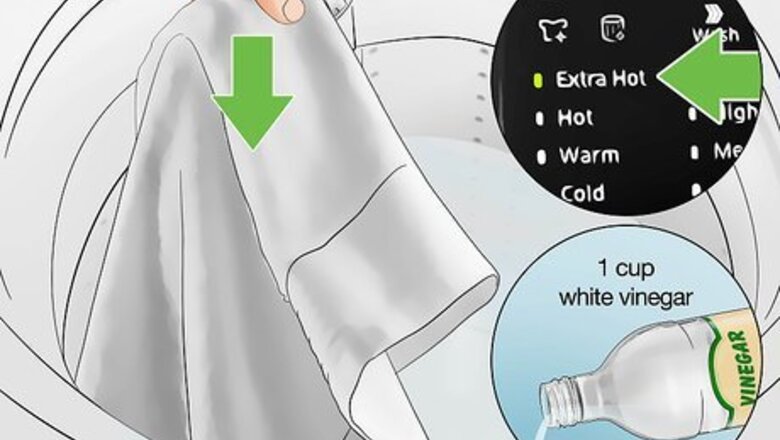
views
- Put the towels in the washing machine. Add a cup of vinegar and start a hot water cycle. Pause the machine mid-cycle and soak the towels for 1 hour.
- Run a second hot water cycle, this time adding another cup of vinegar and your usual laundry detergent.
- For super stinky towels, try pre-soaking them in a bucket of hot water and oxygen bleach for 48 hours before washing them.
Washing Towels With Vinegar

Wash the towels. Place your smelly towels in the washing machine and start the wash cycle using the hottest water setting available. Add in about one cup of white vinegar. For now, leave out detergent or fabric softener.
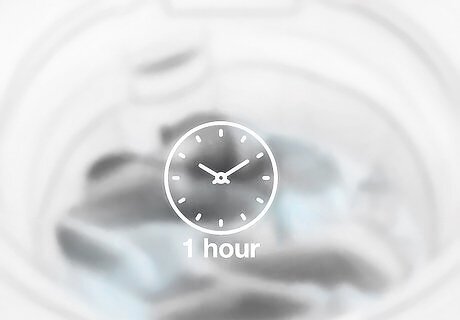
Soak the towels in the machine. Stop the machine after everything is well mixed. Then, allow the towels to soak in the vinegar solution for about one hour. After the hour is up, turn the machine back on and allow the cycle to complete.
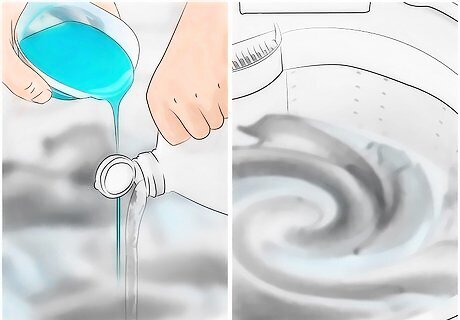
Add vinegar and detergent. Next, you will need to run the wash cycle again, but this time add another cup of vinegar and your usual laundry detergent. Use the same amount that you would usually use for a load and allow the cycle to run through as usual, except with an extra spin cycle. You can either select “extra spin cycle” if your machine has this feature or restart the spin cycle after the first one finishes.
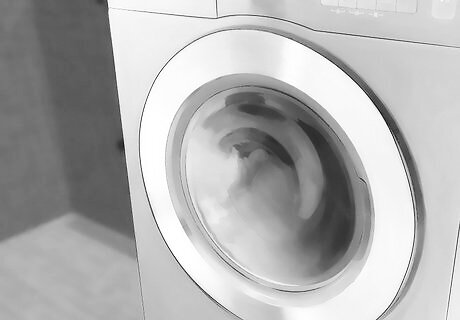
Put the towels into the dryer immediately. As soon as the second spin cycle finishes, put the towels into the dryer. Turn your dryer on the highest setting and run it until the towels are completely dry. Then, run the towels through the dryer for a second time.
Soaking Towels in Detergent and Hot Water
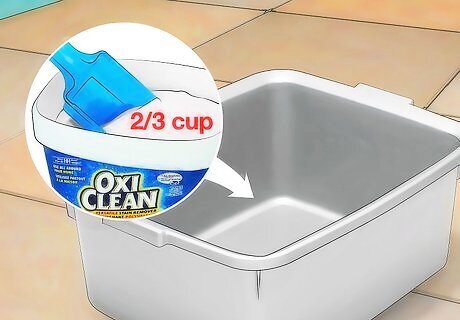
Add 2/3 of a cup of Oxiclean to a large bucket. If washing your towels with vinegar and baking soda does not work, then you can also try soaking your towels in Oxiclean and hot water. To get started, add 2/3 of a cup of Oxiclean to a large bucket. Wear gloves to protect your hands as well.

Pour in some hot water. Start adding very hot water to the bucket. If the water from your tap is not very hot, then you can add some boiling water to the bucket. Swish the Oxiclean into the water by gentle tilting the bucket back and forth as you add the water. Just be careful not to tip the bucket or slosh the water over the sides.
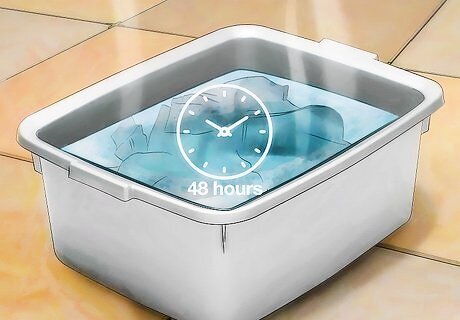
Start adding towels to the bucket. After you have filled the bucket about halfway with hot water, start adding your towels to the bucket. Make sure that each of the towels is fully immersed in the water. Leave the towels in the bucket and let them soak for about 48 hours.

Wash the towels in your washing machine. After you have finished soaking the towels, take them out of the tub and wring them out. Then put them right into the washing machine and run them on the hottest setting with detergent and fabric softener. You can also add Oxiclean to the washing machine when you wash your towels.
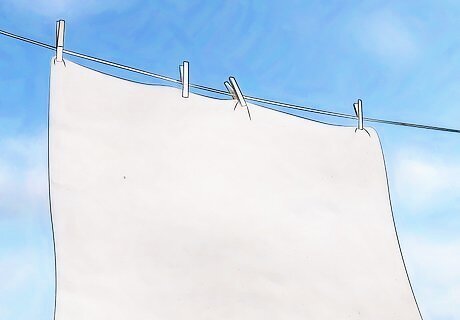
Dry the towels. After the wash cycle has finished, put the towels into the dryer right away. Dry them on high heat until they are completely dry. Your towels should be like new after this treatment. If your towels still smell like mildew after this treatment, then you may need to replace them.
Cleaning Mildew From the Washing Machine
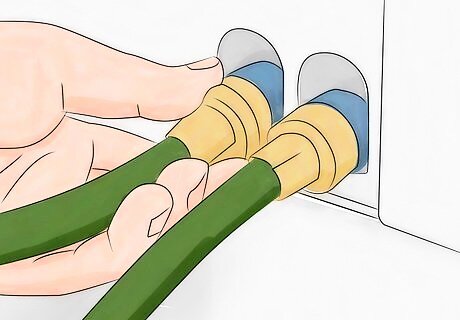
Check your washing machine for defects. If your washing machine is not draining all the way after the cycle finishes, then this may be causing the mildew smell. Check your washing machine for defects to see if water is pooling somewhere. If so, then you may need to hire a professional to fix your machine or you may need to replace it.
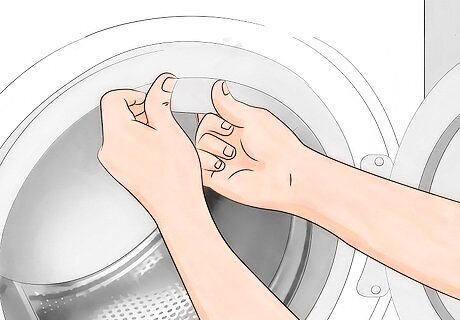
Wash the gasket. If your towels smell like mildew, sometimes the washing machine could be a part of the problem. Since the gasket is the rubber seal inside the washer that prevents water from leaking out when a load is washing, cleaning the gasket is very important to eliminating mildew smells coming from the washer. Wipe down the gasket with a rag dunked in soapy water, or sprayed with a mild mildew cleanser. You could also use a cleaning solution of 50% water 50% bleach. Consider using an old toothbrush to get hard to reach places of the gasket. Make sure to get all areas of the gasket. You may need to pull back sections of the gasket to get into small rubber folds.
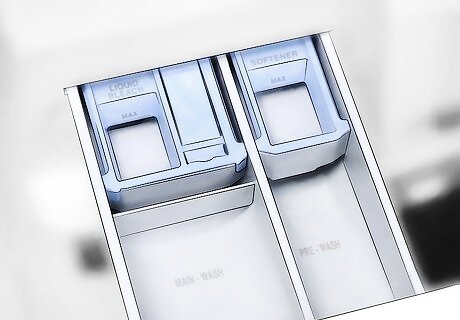
Clean the detergent dispensers. Take out the detergent dispensers from the machine and scrub them with a soapy water mixture consisting of a small amount of dishwashing soap, and water. Leftover soap residue or stagnant water on the detergent dispensers can make this area of your wash machine smell bad too. If the dispensers cannot be removed from the machine, do your best to clean inside the dispensers with a rag or pipe cleaners.
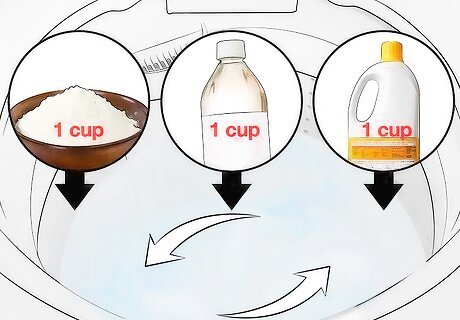
Run a cleaning cycle. Make sure that your washing machine is empty and then run a wash cycle using the longest, hottest temperature setting. If the mildew smell remains, try running another cycle. It might take a few cycles to remove the mildew smell. Consider adding one of the following straight into the washing basin of the machine: 1 cup of bleach. 1 cup of baking soda. 1/2 cup of powdered enzymatic dishwasher detergent 1/2 cup of a commercial washer cleaner 1 cup of vinegar

Seek professional care. If none of these methods help with getting rid of the mildew smell, you may need to call a professional to come look at your washing machine. There may be mold growth behind the drum of the machine, or perhaps a blocked drain or filter. A certified repair professional can assist you with diagnosing what is wrong with your machine, and may be able to dismantle the machine to find the source of the smell if need be.
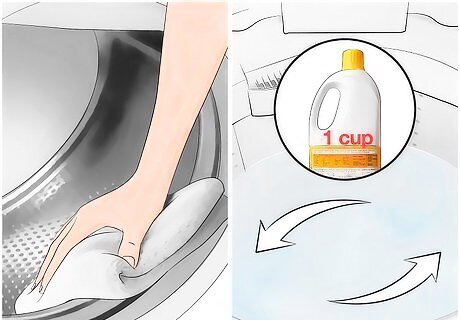
Take preventative measures. Once you figure out if where the mildew smell is coming from, take some preventative measures to ensure that mold doesn't accumulate again. You might want to consider: Airing out the washing machine. Leave the washing machine door open between washing uses. However, be aware that pets and young children could become trapped in the machine. Using detergent wisely. Use detergents that create a small amount of suds, and are specifically made for highly efficient machines. Powder detergents usually tend to be less sudsy than liquid detergents. Also, don't exceed the recommended amount of detergent. Sometimes, even less detergent works better for cleaning your clothes. Avoiding fabric softener. Fabric softeners that come in liquid form tend to leave a residue that supports mold growth. Instead of using liquid fabric softener, consider using dryer sheets or dryer balls to give your clothes a softer feel. Drying the gasket. Use a rag to wipe everywhere surround the gasket, and inside the grooves of the rubber gasket. Ideally, you should try to wipe the gasket after every washing cycle. If you’re not going to wipe and clean the gasket after every wash, you should try to regularly wipe the gasket every week or so to remove trapped mold. Doing a bleach cycle. Run a hot water and bleach cycle once a month. This is a good opportunity to disinfect your washer, but also to wash heavily soiled items like work cloths and grimy towels.




















Comments
0 comment